The Legend of Legacy HD Remastered Review
Frustration Level Up
According to my 3DS, December 30, 2015 was the day the original Legend of Legacy broke me. The RNG hadn’t built my characters strong enough to finish off the final boss, and another half-dozen hours of trying to learn new skills and boost my character stats didn’t help. I sold the game mere weeks after buying it and gave it no more thought until I was recently offered a chance to right what once went wrong by reviewing The Legend of Legacy HD Remastered on the Switch. While I was able to finish the game this time, it came with a great deal of frustration.
The premise of The Legend of Legacy HD Remastered revolves around the recent emergence of the mythical island of Avalon from the sea, a land brimming with promises of adventure and treasure. The game begins with players choosing between seven protagonists, each with their own motivations for exploring Avalon. Unfortunately, these seven are mere caricatures of standard RPG character classes, devoid of depth or development. The game quickly just becomes about the exploration, with characters occasionally given throw-away lines reminding players of their thin reason for continuing. Despite only choosing a single character, all seven can be recruited in the hub town of Initium, with three available to be in the adventuring party at any given time. There is the potential for rich storytelling in the world and its inhabitants, but that isn’t this game’s legacy.
While a weak story gets the game started, the actual exploration of Avalon provides the fun. Players choose locations on the map to visit and chart. Each area has a counter that shows the percentage explored, and on top of the dopamine hit of seeing that number reaching 100% provides, back in town, merchants pay extra for completed maps. The areas themselves are solidly, and occasionally spectacularly, designed. There are small environmental puzzles to solve, roaming monsters to battle or avoid, and treasures to be found. Half the game will be spent navigating dozens of areas, and half will be spent in combat; exploration is overwhelmingly the more legendary gameplay mechanic.
Venturing into combat in The Legend of Legacy HD Remastered reveals a system that, while perhaps more innovative during the early 3DS days, ultimately falls short of expectations for this console generation. The game’s turn-based battles offer little in the way of strategic depth, with combat often devolving into repetitive button-mashing against uninspired foes while repeatedly calling upon spirits to fill characters’ HP or skill point (SP) meters. HP is restored at the end of every battle, but SP is not, with it quickly running out after a few spells or skills are used unless players call to the Air Spirits to replenish them every round. Monster variety is an issue at the start of the game. The majority of the first ten or so hours showcase perhaps a half-dozen monster designs and their recolors, however the second half of the game starts to finally add more variability in terms of monster design and their tactics.
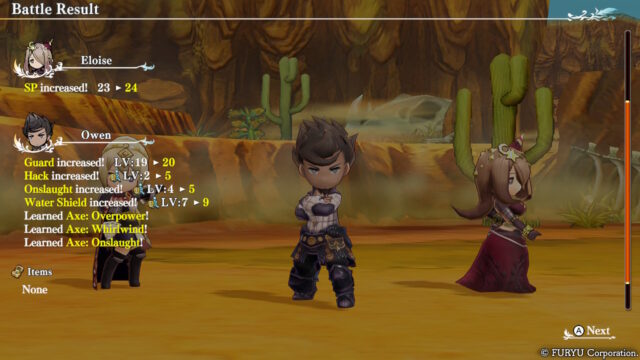
Sometimes battles work out with a great deal of growth from one character, and virtually none from others.
The game’s growth system, a departure from traditional leveling mechanics, proves to be a double-edged sword. The more players use a weapon or stand in attack, defensive, or support positions, the greater the chance to awaken new skills or power up existing ones. While it seemingly encourages experimentation and customization, its implementation feels haphazard and lacking in direction. Characters most effectively level up their skills and abilities through repeated use, leading to a sense of monotony and frustration as players grind through battles in search of incremental progress. Actually experimenting with character customization costs players a great deal of time as spells and skills learned while in certain stances or using certain weapons are either lost or lose effectiveness when either positioning or weapon types are changed. The absence of clear progression mechanics will either excite players determined to try multiple builds, or more likely discourage average JRPG players from engaging too deeply. This game was rather easily completed for review in a little over 20 hours using the same weapon types, stances, and tactics begun in the first hours of play.
The combat and growth systems feature so many systems that are obscured from players that they combine to make this one of the most frustrating RPGs. Both play out as mostly random, with more skills usually being learned in battles against stronger foes, but apart from that, players cannot count on anything. The same attack from the same character in the same stance against identical monsters can vary in damage output as much as 1-5X round by round. There’s no such thing as relying on an average output, and factoring in critical hits, almost every attack is a gamble. Even if the previous try did massive damage, there’s a very good chance it’ll do much less damage the next turn. This wild variability and huge amount of SP it takes to use only occasionally effective skills makes random battles sometimes take a dozen or more rounds, with ones against stronger foes going easily triple or quadruple that length. The battles are rarely difficult, they simply drag on too long. The prevalence in earlier dungeons of strong Archwing monsters, some that deny players the ability to run from battle, further add to player frustrations. Luckily they fade into legend towards the end of the game.
The obscurity of pretty much all features also leads to questions of glitched gameplay for this review. While incorrectly flowing text and line break issues were mildly annoying, and the occasional screen turning a single color and pausing for a moment during combat played on fears of (thankfully nonexistent) game crashes, there were other issues. Not one character earned an increased SP pool past the halfway point in the game leading to questions of feature or bug. The final boss fight wasn’t without its own issues. On one attempt, the boss used a wide variety of perhaps ten or so different attacks and was victorious. On another attempt, the RNG seemed to have become stuck and the same boss used one weak attack for more than thirty straight rounds, leading to its easy, yet still tedious defeat. The frustration of not knowing what’s going on lasted all the way up to the very end.
One pleasant gameplay feature that remains as a holdover from the days when players routinely placed their 3DSs in sleep mode are the trade ships that are available for hire in Initium. At the end of the dock in town there are various ships for hire. Pay the gold, and in a few hours of real time, whether one is playing the game or leaves the Switch in sleep mode, increasingly amazing items can be obtained. Players that use this feature, and perhaps save/load/reset for better hauls, will far outstrip what’s available for purchase at the sole item shop for the vast majority of the game. For a game that relies so heavily on RNG, the trade ships often seem to be the one feature tilted quite a bit in the player’s direction.
Visually, The Legend of Legacy HD Remastered seems about as remastered as one might expect, with its graphics looking a little more crisp and clear. The level designs themselves are nice, and the way the scenery pops up like a storybook as characters move throughout areas is a nice touch. Despite attempts to breathe new life into Avalon with updated character models and environments, the game’s aesthetic feels stale and uninspired, lacking the charm and whimsy the storybook feeling might imply. Coupled with a lackluster soundtrack that fails to evoke a sense of wonder or excitement, the game’s audiovisual presentation doesn’t really impress, further detracting from the overall experience.
In conclusion, The Legend of Legacy HD Remastered fails to live up to its promise of delivering a captivating dungeon-crawling experience. With its lackluster narrative, uninspired combat, and flawed progression systems, the game struggles to hold the attention of players and ultimately falls short of expectations. While the nostalgia may appeal to some fans of the original release, newcomers are likely to find little to redeem this lackluster remaster. As players journey through the world of Avalon, they’ll find themselves longing for a more fulfilling adventure, leaving The Legend of Legacy HD Remastered to fade into obscurity.
Disclosure: This review is based on a free copy of the game provided by the publisher.
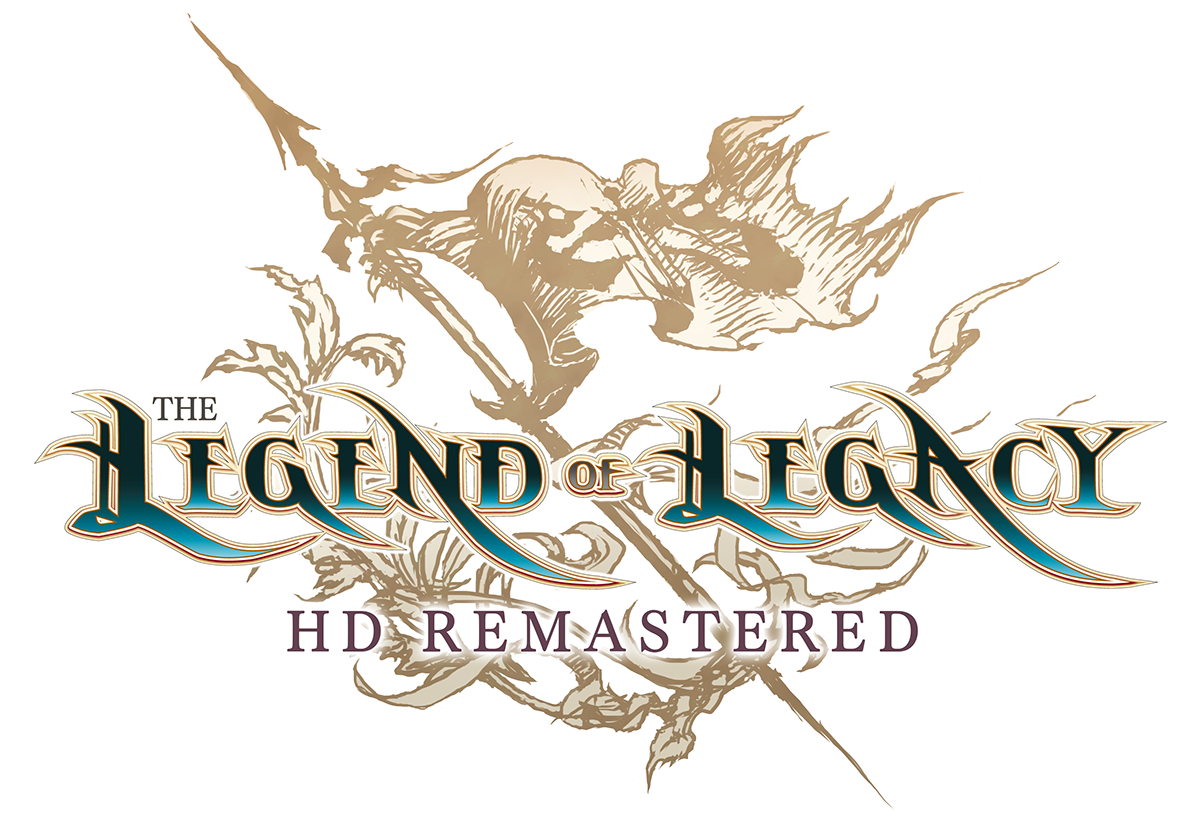

Trading vessels are fun to send out and often come back with useful equipment
Exploring the various areas is fun
Combat is quite basic and drags on far too long
Obscure systems galore lead to a fair amount of frustration
Bugs exist from minor annoyances to possibly game-changing
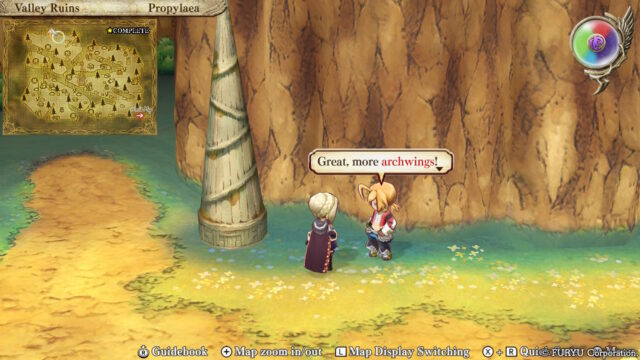
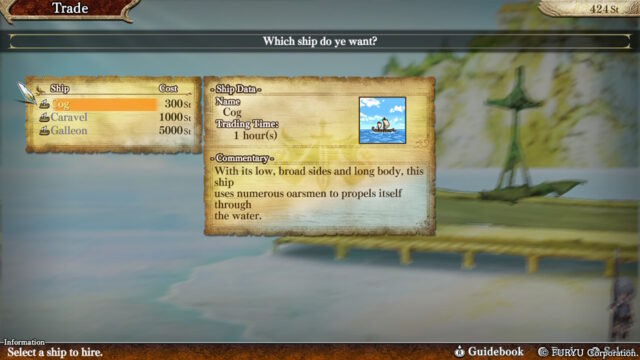
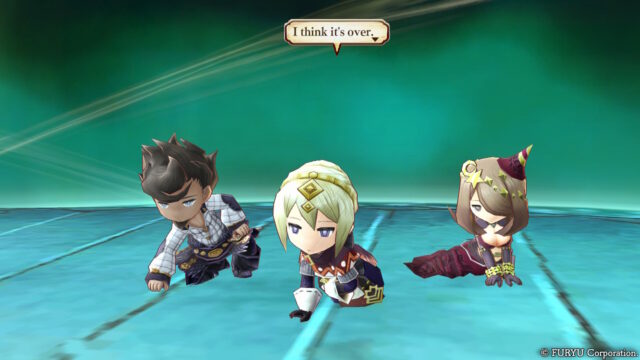






Recent Comments